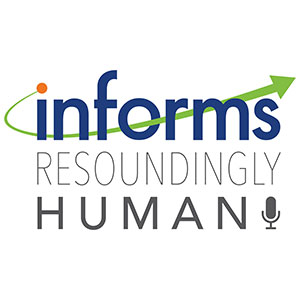
Cellphone Data Illustrates Where Ohioans Stayed Home
The non-identifiable cellphone data for 16 million Americans shows patterns in where people live and how often they left their homes in February, March, April and May — before, during and after the height of the crisis.











